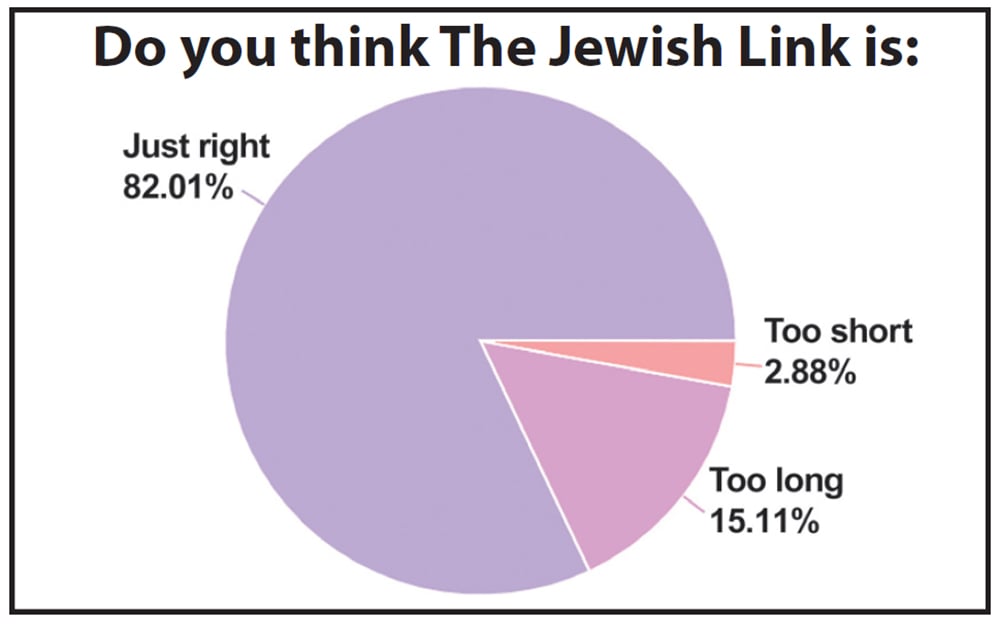Three Glaring Questions
Devarim, perek 10, pesukim 6-7 are an enigma wrapped in a riddle. While retelling the story of the cheit haegel and breaking the luchot, Moshe Rabbeinu inexplicably digresses and reviews the story of Aharon’s death. Why does he make this strange and random deviation? Moreover, these two pesukim contradict earlier Torah portions twice. Devarim states that Aharon died at Moseira, but Bamidbar (20:22-29) records that the death occurred at Hor Hahar! Moreover, Devarim says that we traveled from Bnei Ya’akan to Moseira, but Bamibar 33:31 tells us it was from Moseira to Bnei Ya’akan!
Rashi’s Response
Rashi (quoting Chazal) cracks the mystery by explaining that Moshe Rabbeinu tells a story in code. Moseira is eight stops before Hor Hahar. Rashi explains that some of us panicked after Aharon’s death and retreated eight stops in reverse. Shevet Levi battled those who fled at the eighth stop, until they were convinced to return. Tragically, many died in this awful civil war.
Subsequently, at Moseira, we engaged in mourning for Aharon so intensely, that it was as if he had died there. Chazal learns that the death of tzaddikim is as painful to Hashem as the breaking of the luchot.
Our Questions on Rashi
Rashi does not explain why Moshe Rabbeinu tells this story so cryptically. Why not articulate it straightforwardly? In addition, what is the connection between civil war and breaking the luchot?
A Story Too Painful to Recount
Moshe Rabbeinu—we think—found it too painful to tell about this horrific civil war that he presented in code, instead of in prose. Perhaps, he also anticipated the translation of the Torah into Greek and hid the story to preserve our honor and safety. If we killed each other, why should other nations not attack us? Unfortunately, it is a dangerous precedent better kept beneath the surface.
There is hardly anything worse than a brother deliberately killing a brother. Although Moshe Rabbeinu retold many of our difficult moments in sefer Devarim, this event was too difficult to record. As bad as cheit hameraglim and cheit haegel were, widespread fratricide is too much to bear. When Chazal recounts the Chanukah story (Shabbat 21b), they do not mention the war between traditional and Hellenist Jews. Al Hanissim also does not refer to this painful memory. Perhaps, reading the mechirat Yosef episode on Shabbat or Chanukah alludes to this terrible occurrence.
The Comparison to Breaking the Luchot
Rashi (to Shemot 34:1) compares shattering the luchot to tearing up a marriage contract. Imagine the pain of a groom who witnesses such a horrible event! This mournful image gives us a taste of the pain felt by Hashem upon the breaking of the luchot.
Parents’ greatest joy is seeing their children loving and supporting each other. “Hinei mah tov u’mah naim shevet achim gam yachad—how beautiful it is when siblings enjoy a harmonious relationship,” proclaims David HaMelech (Tehillim 133:1). The opposite is, sadly, just as true. How terrible it is to see brethren locked in combat. Breaking the luchot pains Hashem, concerning Him relating to us as a groom to a bride. Civil war hurts Hashem, regarding Him relating to us as a parent.
Moreover, each Jew is compared to a sefer Torah (Moed Katan 25a), a theme Rav Yosef Dov Soloveitchik developed, at length, in a celebrated shiur. Thus, the comparison between Jews spilling each other’s blood and breaking the luchot is most appropriate.
Conclusion—The Am Keshei Oref Must Restrain Its Contentious Nature!
We are, by nature, a highly contentious people since our inception. Hashem describes us in parshat Ki Tisa as an am keshei oref, a stiff-necked people. The Gemara (Beitza 25b) shockingly declares that we are the most brazen nation. While this characteristic has an extremely positive side—we would not have survived the millennia without our spiritual tenacity—there is also a pernicious side. We must control it to ensure it is used only for good.
No other nation has had five elections in four years, and no other country has experienced fights on its streets over judicial reform. Unfortunately, extremism abounds on all sides of this fight, and responsible people in all factions must control it. Civil war is an ugly part of our history we would rather ignore, but cannot. Sadly, the Tanach records several bloody internecine battles, with pilegesh b’Givah being the bloodiest.
Nothing is worse than Jew fighting Jew and distressing our Father-in-Heaven. We must avoid it at all costs. Responsibility and the nation’s best interests must prevail over narrow self-interests, selfishness and opportunism on all sides.
Postscript: A Brighter Picture—The Yeshivot Hesder
As a graduate of Yeshivat Har Etzion, I receive its newsletter reporting the going on at the Yeshiva. I was struck by a report of how the Israeli army was experiencing a shortage of soldiers in the tank units and asked the hesder yeshivot to help alleviate the problem. The yeshiva immediately agreed, and all its students fit for a combat unit this year entered tank units.
Let us ponder this report for a moment. There is a good reason why there is a shortfall of chayalim in these units—service in tanks is very uncomfortable, unglamorous and potentially very dangerous. However—as soon as they were asked—the talmidim at Yeshivat Har Etzion complied without batting an eyelash.
Since I began learning there in 1981, the culture at Yeshivat Har Etzion has been one of service to the nation. What a refreshing and dramatic contrast to much of contemporary Israeli society, whose sub-sectors seem to care about their narrow self-interest over national needs. May Yeshivat Har Etzion’s decades-long tradition of serving the nation be a powerful model for healing a fractured nation.
Rabbi Haim Jachter is the spiritual leader of Congregation Shaarei Orah, the Sephardic Congregation of Teaneck. He also serves as a rebbe at Torah Academy of Bergen County and a dayan on the Beth Din of Elizabeth.










